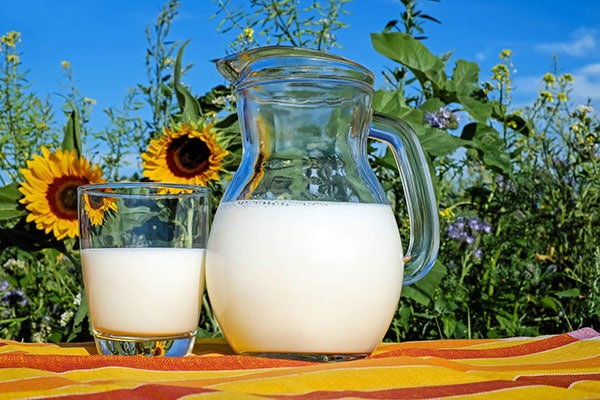Meanwhile everyone is talking about the buzzword IOFC as an indicator of the profitability of milk production. However, this value is often only taken into account when calculating the ration, but not checked afterwards. In general, this calculated value can only be valid if the animals eat exactly what was calculated and also deliver exactly the calculated amount of milk yield. If these figures do not match, the value is wrong.
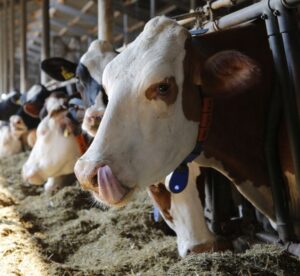
An additional parameter that takes a closer look at the matter is feed efficiency. This value describes the milk yield per kilogram of dry matter consumed. In addition to feed intake, the digestibility and subsequent absorption of nutrients is essential for high feed efficiency. This requires a functioning digestive tract. Concentrating only on the rumen is not effective here. Because there is still great potential in the intestine. A healthy intestine enables improved digestion of the nutrients on the one hand, as more enzymes can be released here, and better absorption on the other hand, as the absorptive surface in the small intestine is larger.
This is exactly where the NutriBiotic active agent package starts. With its phytogenic components from magnolia, feather poppy and hops, it strengthens the intestinal mucosa and supports the integrity of the intestine. In addition to nutrient utilisation, this also strengthens the immune system. The result is that more nutrients are available to the animal from one kilogram of feed, thus improving feed efficiency. This effect is illustrated by the following example:
| Date | ECM | Urea content mg/kg milk | DM intake in kg | Feed efficiency |
| 15.06.2018 | 25,63 | 194 | 18,652 | 1,37 |
| 10.06.2019 | 29,29 | 135 | 19,39 | 1,56 |
| 14.10.2020 | 32,94 | 172 | 19,76 | 1,67 |
| 14.01.2021 | 32,18 | 224 | 19,71 | 1,63 |
Table 1: Development of feed efficiency with the use of phytogenic components
The higher feed costs due to the use of NutriBiotic could be significantly overcompensated over time in this real-life practical operation.
When calculating the ration for the first time, the ration initially appears more expensive and the IOFC becomes smaller. However, the table illustrates that this value has to be checked over time, as the cheapest ration does not always deliver the highest yield. The farm was able to increase its yield by 6.5 kg ECM and its feed efficiency by 0.3 kg milk/kg DM. The cow makes about 0.3 kg more milk from each kg of feed eaten.
For this increase in feed efficiency, other parameters on the farm must also fit, of course, in addition to the use of phytogenic agents. These include not only feeding, but also husbandry and silage management. Increased efficiency can also reduce N and P emissions, which is becoming increasingly important for farms with limited land under the Fertiliser Ordinance.
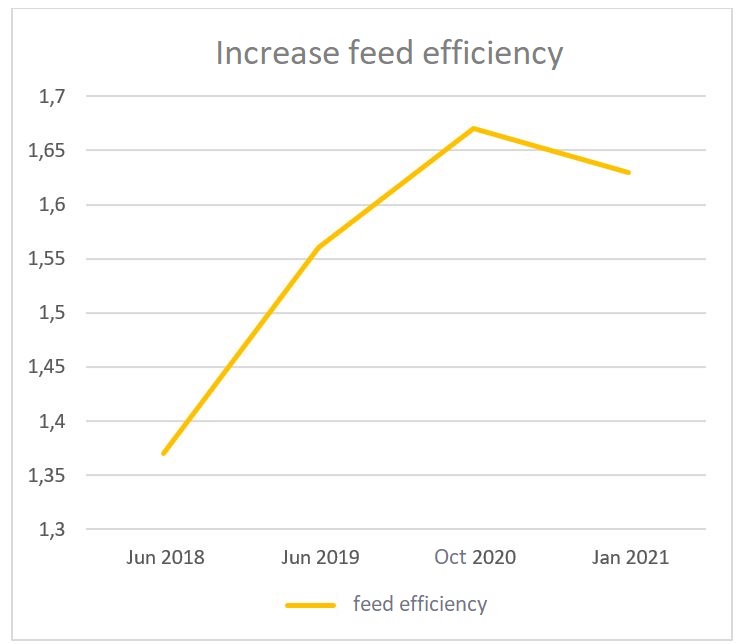
Graph 1: Development of feed efficiency with the use of phytogenic components
You might be interested in the following contents:
How does feed influence the milk ingredients?
Milk is still one of the world’s staple foods. The development of milk production in Germany reflects the enormous performance potential of herds on farms.
JOSERA DairyPilot–increase the milk yield of your herd!
Is your operative goal to increase the performance of your herd? Or are the health and resilience of your herd important to you? Then read more about JOSERA DairyPilot!
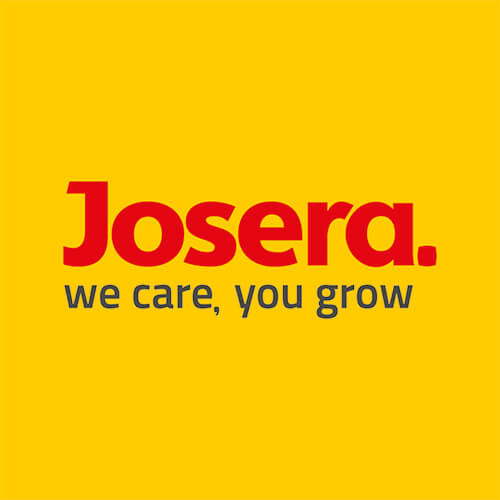
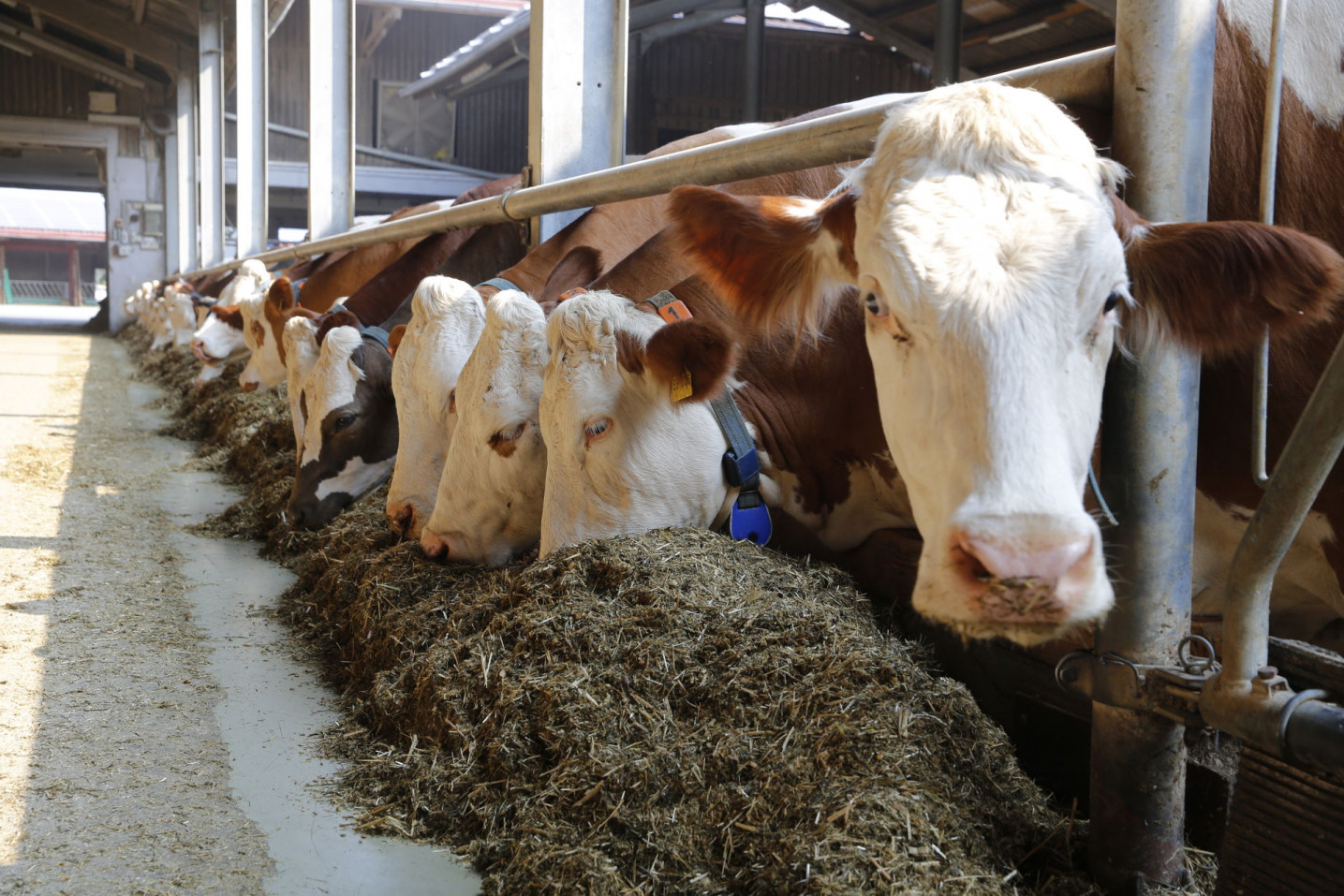




 (2 Votes, average: 5.00 von 5)
(2 Votes, average: 5.00 von 5)